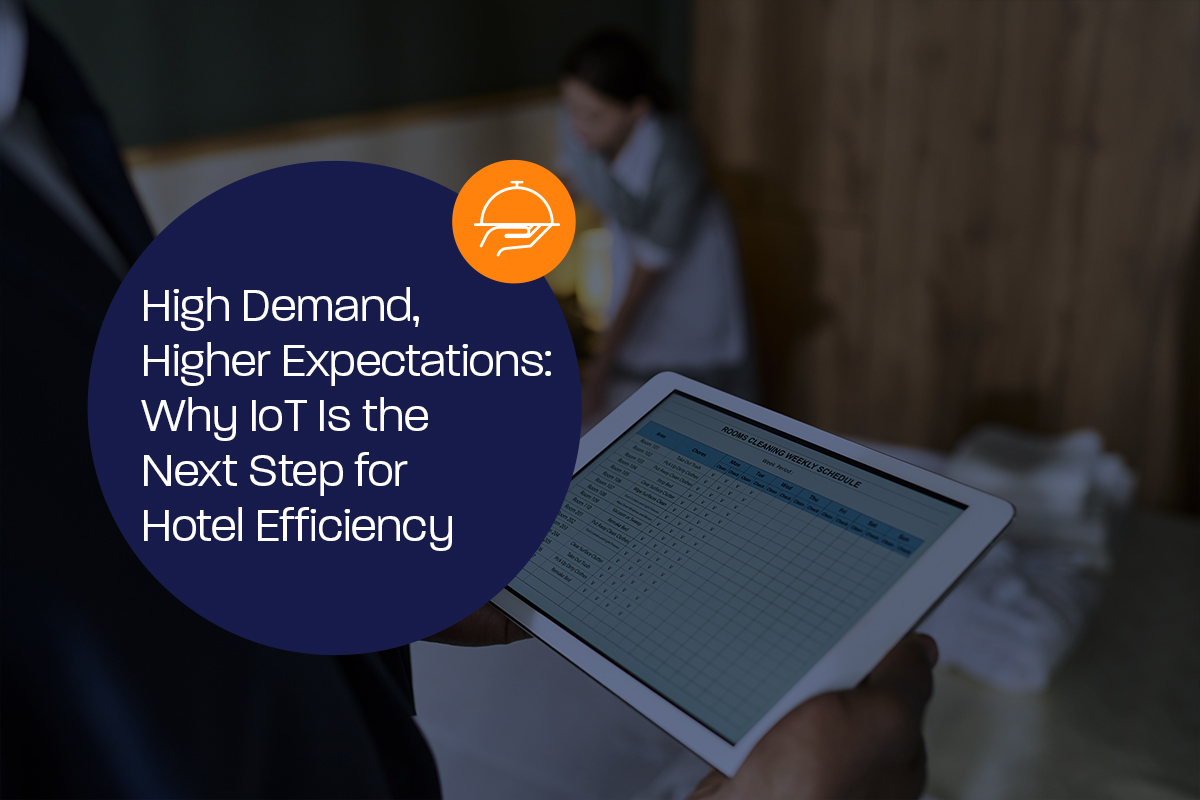In part one of our blog, we discussed how the Internet of Things (IoT) enables pest control monitoring to prevent pests from becoming a widespread hassle for hoteliers. In continuation of our Safety First Blog Series, part two explores how IoT enables proactive leak detection capabilities to prevent catastrophic damages and avoid taking rooms or areas of the hotel out of inventory.
Water leaks can go unnoticed until serious damages have occurred, and financial consequences associated with increased utility bills, wasted resources, and expensive repairs or replacements could result in unrecoverable losses. According to research by Zurich North America, water damage, in 2021, was the leading cause of property loss in commercial buildings, with annual losses equal to $500 million. The same report found that water-related claims can be up to three times more expensive than those not involving water damage. Indirect costs related to downtime, lost business, service disruptions, and lasting negative impact on a hotel’s brand further deplete funds.
One hotel in Asheville, North Carolina, experienced a sprinkler system failure that caused significant water damage in multiple condominium units and hotel rooms spanning 12 floors – with demolition costs alone at an estimated $400,000 to remove damages to drywall, insulation, flooring, electrical fixtures, cabinets, and more. However, losses can rise exponentially, as demonstrated by another New York City hotel who experienced $4 million in damages after a faulty fitting caused a water leak that damaged 65 units, as well as electrical risers, elevators, and several common areas.
What’s more, commercial buildings like hotels are more vulnerable than others. Take, for example, a 200,000 square foot hotel with 400 average-sized rooms. A hotel of this size has approximately 1,600 potential failure points within guest rooms alone - with the addition of laundry, staff and event facilities making for a total of over 2,000 potential failure points throughout. This further underscores the urgent need for proactive, automated leak detection, especially considering the limitations of conventional methods. Flow valves, for example, would be too costly to install given the large number of fixtures. Another method involving manual and/or visual inspections involves labor-intensive, high-priced services that can be unreliable due to the clandestine nature of leaks.
Like bedbugs and rodents, early detection and prevention tactics are the best means of addressing leaks. Even perceivably “small” leaks can cause alarming, massive damages – with a pipe crack as small as an eighth of an inch capable of leaking a reported 250 gallons of water daily. Early detection of water leaks, whether in guestrooms, lobbies, conference rooms, kitchens, or gyms, helps hotels mitigate substantial risk. Additionally, IoT-enabled leak detection is vital for less frequented areas where leaks can be overlooked (think utility rooms, storage areas, and basements). Throughout hotel facilities, strategically placed sensors designed to detect conductive liquid or moisture enable 24/7 continuous monitoring. If a leak is detected, alerts are issued through email or SMS so operators can take immediate remedial action before it becomes disastrous and costly.
By mitigating water waste caused by leaks, hotels can also reduce their water consumption rates, helping them with their sustainability and ESG goals while saving on utility costs. To support this notion, more data by Laiier states that 20% of the world’s water waste has been attributed to water leaks. Considering 73% of travelers are more likely to choose an accommodation with sustainable practices, and that water and sewer costs are the 2nd largest utility expense, representing 25% of all utility costs per the EPA, preventing water waste occurrences can accommodate guest preferences while contributing substantially to a hotel’s bottom line.
One IoT Solution, Infinite Possibilities: Unlock Powerful Efficiencies in Hospitality
Maximize your investment value and ROI, drive cost savings, and future-proof your hotel’s ecosystem with a single IoT solution infrastructure that scales seamlessly for additional use cases as your needs evolve.
Up Next: Part 3 – Protect Employees with Rapid Response Buttons
In our next article, part three, learn how IoT drives employee safety via staff alert buttons – helping hotels accommodate state legislations, promote staff retention, and more.







